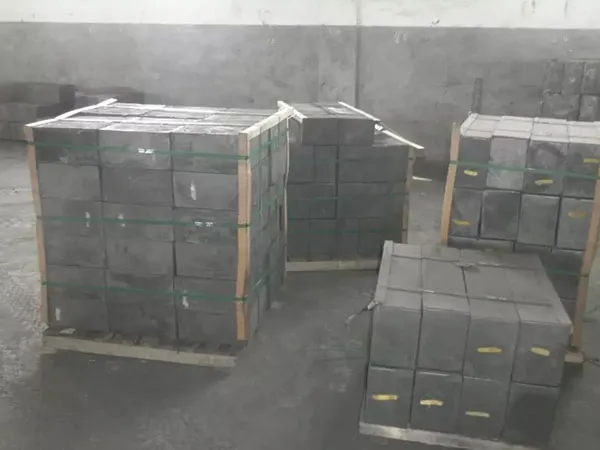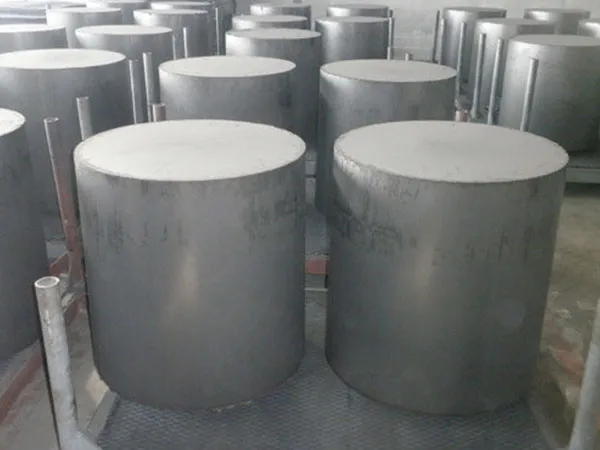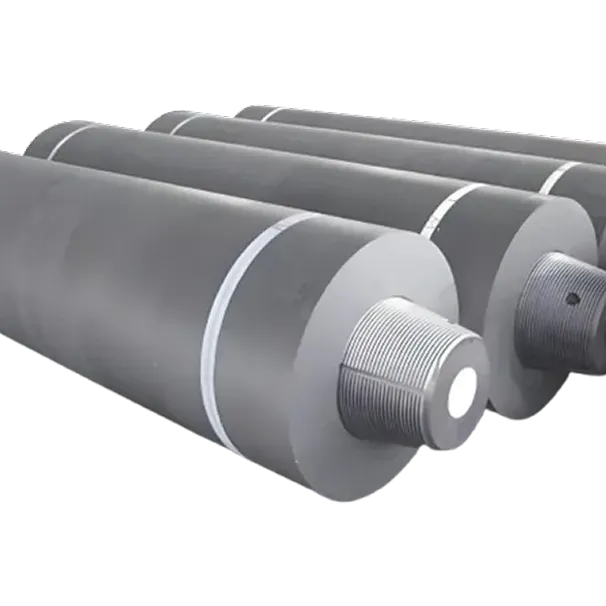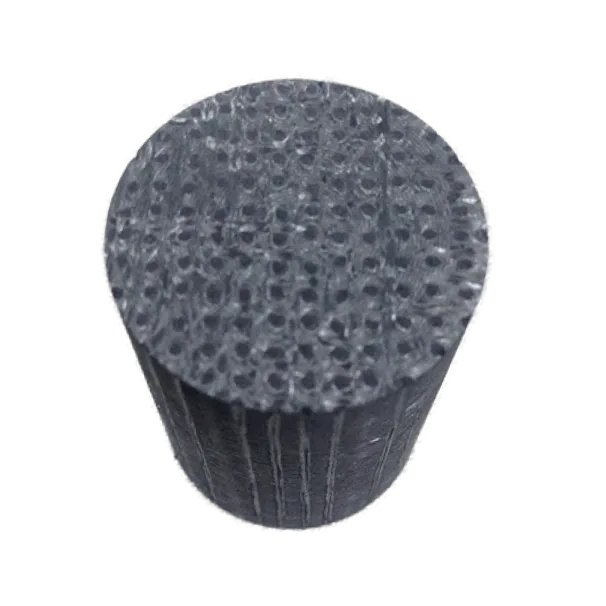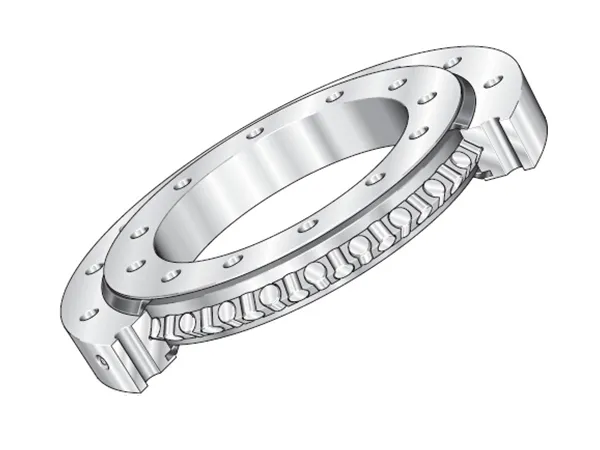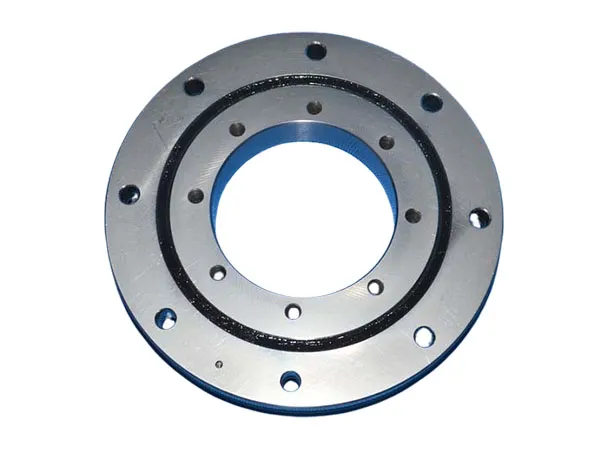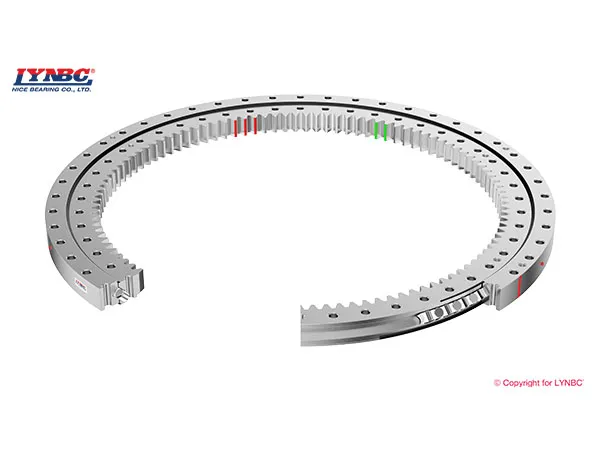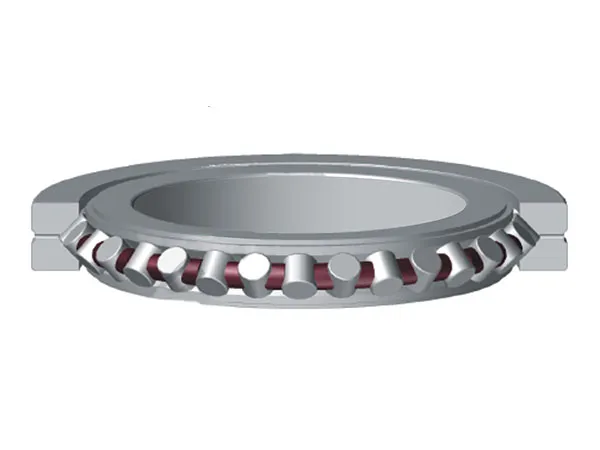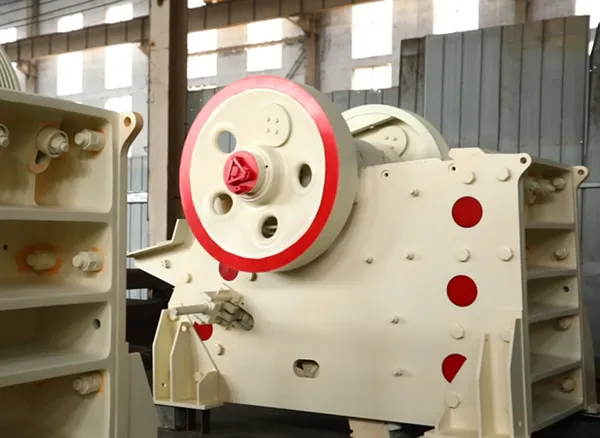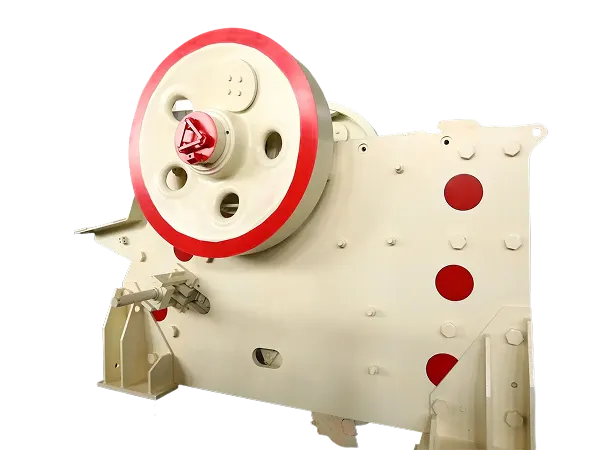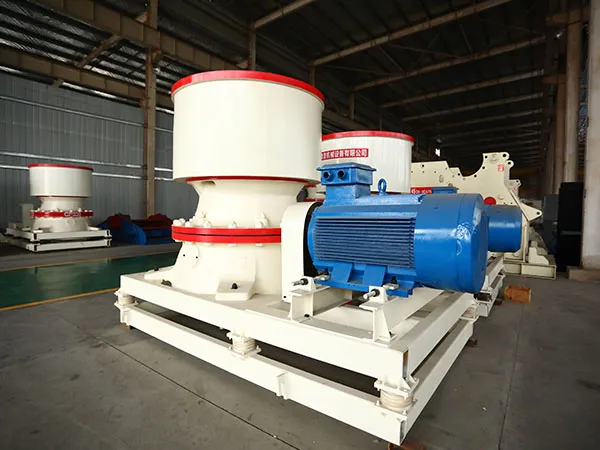Carbon-carbon (C-C) composites are renowned for their exceptional thermal properties, which make them ideal for high-temperature and demanding applications such as aerospace components (e.g., brake discs for aircraft, rocket nozzles, re-entry nose tips) and industrial furnaces. These properties are highly dependent on the manufacturing process, fiber type, orientation, and matrix density.
Carbon-carbon Composites Thermal Properties
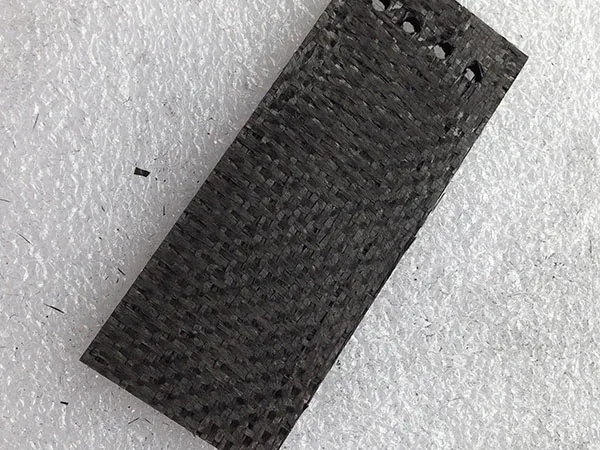
High-Temperature Stability:
C-C composites retain their mechanical properties and dimensional stability at extremely high temperatures, often exceeding 2000℃(3632℉) and even up to 3000℃(5432℉) in non-oxidizing atmospheres. This is significantly higher than most metals and other advanced ceramics.
Their excellent thermal shock resistance is a major advantage, allowing them to withstand rapid and extreme temperature changes without significant damage.
Thermal Conductivity:
C-C composites can exhibit a wide range of thermal conductivities, from good insulators to excellent conductors, depending on their fabrication and microstructure. This “tailorable” conductivity is a significant advantage.
Anisotropy: Thermal conductivity is often anisotropic, meaning it varies with direction.
In-plane (along the fiber direction): Values can range from approximately $10 \text{ W/(m·K)}$ to $233 \text{ W/(m·K)}$. Graphitized fibers contribute to higher in-plane conductivity.
Through-the-thickness (perpendicular to the fiber direction): Values are typically lower, ranging from $2 \text{ W/(m·K)}$ to $21 \text{ W/(m·K)}$.
Temperature Dependence: Thermal conductivity generally decreases with increasing temperature, although values can be fairly stable at very high temperatures.
Compared to other materials: While a simple carbon fiber-epoxy composite might have thermal conductivity 40 times less than aluminum and 10 times less than steel, advanced C-C composites, particularly those with highly graphitized matrices, can achieve conductivities comparable to or even exceeding some metals.
Coefficient of Thermal Expansion (CTE):
C-C composites generally possess a very low coefficient of thermal expansion, meaning they exhibit minimal dimensional changes when subjected to temperature fluctuations. This contributes to their excellent dimensional stability and thermal shock resistance.
Anisotropy: Like thermal conductivity, CTE in C-C composites is often anisotropic.
In the fiber direction, carbon fibers can even have a negative CTE, meaning they slightly contract when heated. This unique property, combined with the matrix, can result in very low or even near-zero overall CTE in certain directions.
Typical ranges for linear CTE are from approximately −1× 10⁻⁶ K-1to +8×10⁻⁶ K-1
The CTE is influenced by the fiber type, weave architecture, matrix density, and the degree of graphitization.
Specific Heat Capacity:
The specific heat capacity of carbon-carbon composites is generally comparable to that of graphite, especially at temperatures above 340 K.
Typical values are around$760 \text{ J/(kg·K)}$ ($0.18 \text{ BTU/(lb·^\circ F)}$) at room temperature, which can increase with temperature.
Factors Influencing Thermal Properties:
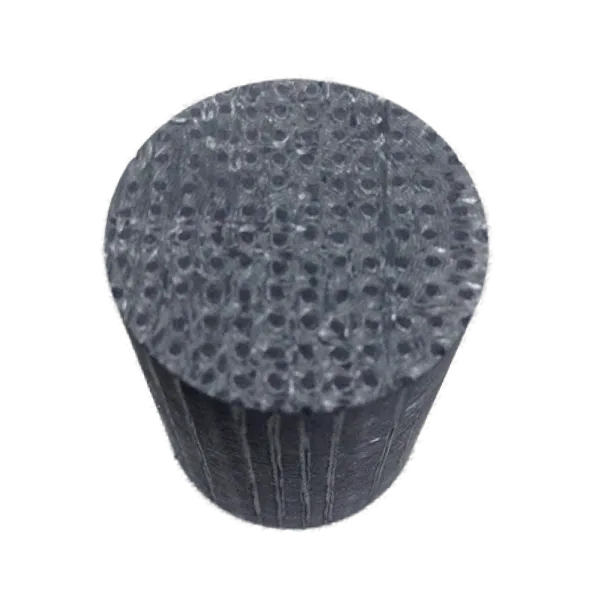
The thermal properties of C-C composites are not fixed values but vary significantly based on:
…
For more detailed information on the thermal properties of carbon-carbon composites and the factors affecting them, click to visit: https://www.czgraphite.com/a/news/carbon-carbon-composites-thermal-properties.html

